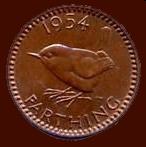














The Paragon Of Metal Detecting
Powered By Sispro1
British Sterling Currency - Numismatics,
Penny
For Reference ONLY
Everything For The Detectorist
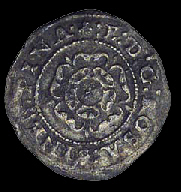
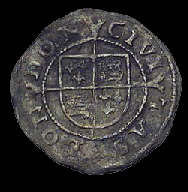
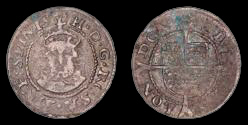
Edward VI 1547-1553 AD Tudors
The debased coinage caused rampant inflation, so when Henry died in 1547 he left behind a country with a sickly nine-year-old king, religious turmoil, and economic unrest. Moreover the influx of silver and gold from Central and South America into Spain and thus to the rest of Europe was destabilising the price of bullion and making the situation worse.
Until 1551 what is known as the posthumous coinage was produced - these were coins which were exactly the same as Henry's last issue, but with a different portrait of him. Inflation over the last thirty years had made the penny much less important, and in fact for the next few reigns the most common coins would be shillings, sixpences, and groats. The reign of Edward VI though short (1547-1553) was numismatically important for seeing the introduction of new denominations - the silver crown , half crown , shilling , Sixpence , and Threepence - which were to survive until 1971, and which were a reflection of the increasing wealth of the country. The new coins were struck in good silver, with the aim of revitalising the economy. Edward VI's pennies however, were still struck in debased metal (except for one, possibly unique, coin) at the Tower, Southwark, Bristol and York, with the inscription E.D.G. ROSA SINE SPINA.
Edward VI, base Penny, 0.61g., third period, London, m.m. escallop on obv. only, rose, E D G ROSA SINE SPINA, rev. shield on long cross, CIVITAS LONDON
The debased coinage caused rampant inflation, so when Henry died in 1547 he left behind a country with a sickly nine-year-old king, religious turmoil, and economic unrest. Moreover the influx of silver and gold from Central and South America into Spain and thus to the rest of Europe was destabilising the price of bullion and making the situation worse.
Until 1551 what is known as the posthumous coinage was produced - these were coins which were exactly the same as Henry's last issue, but with a different portrait of him. Inflation over the last thirty years had made the penny much less important, and in fact for the next few reigns the most common coins would be shillings, sixpences, and groats. The reign of Edward VI though short (1547-1553) was numismatically important for seeing the introduction of new denominations - the silver crown , half crown , shilling , Sixpence , and Threepence - which were to survive until 1971, and which were a reflection of the increasing wealth of the country. The new coins were struck in good silver, with the aim of revitalising the economy. Edward VI's pennies however, were still struck in debased metal (except for one, possibly unique, coin) at the Tower, Southwark, Bristol and York, with the inscription E.D.G. ROSA SINE SPINA.
Edward VI, base Penny, 0.61g., third period, London, m.m. escallop on obv. only, rose, E D G ROSA SINE SPINA, rev. shield on long cross, CIVITAS LONDON
Royal Monarchy
Copyright © All Rights Reserved by Nigel G Wilcox · · E-Mail: ngwilcox100@gmail.com
Designed by Nigel G Wilcox
INFORMATION - DATA
Pages
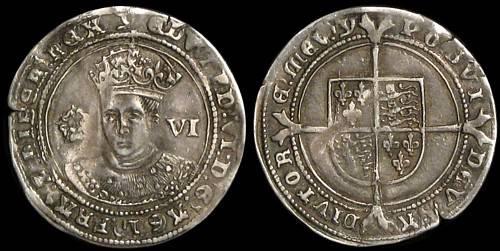
Penny
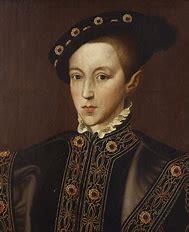
We do NOT buy or sell coins
Edward VI
6. S. Menu
Main Coin Menu

VIEW ALL MENUS
Member NCMD
























